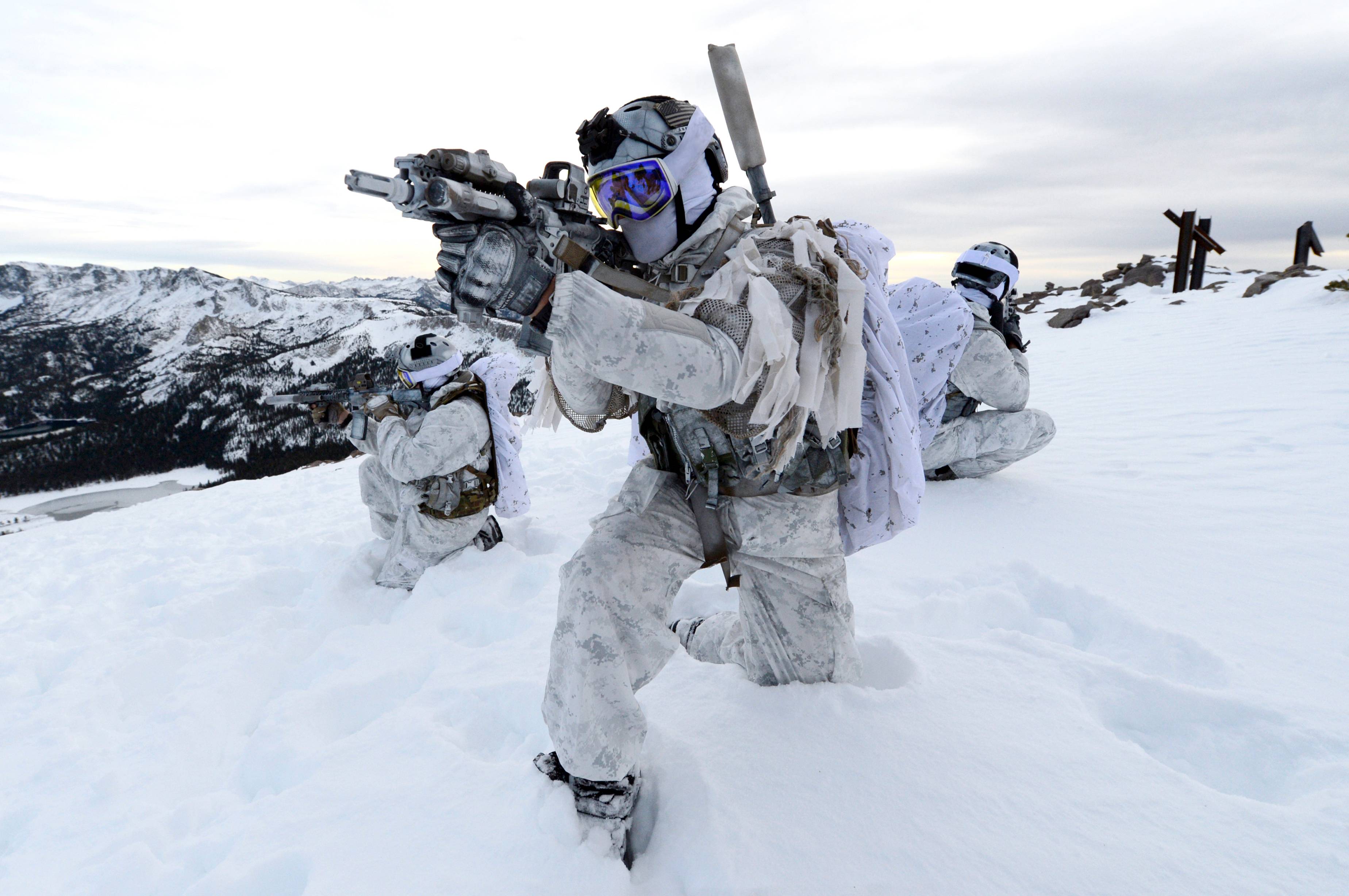First and foremost, breathe. Focus on inhaling through your nose and exhaling out your mouth. What just happened is character-altering. Taking the life of someone in a domestic setting (even if they are an intruder) is not what action movies make it out to be. The adrenaline dump will be physical. Your hands and legs will uncontrollably shake. Your heart will beat through your chest and your field of vision will narrow. Your fingers will feel like logs, bumbling about with limited dexterity. You may even vomit. These are natural responses to near death or fatal force situations.When it comes to our personal safety - or those of our loved ones – we do what we must to survive. It’s a natural act in that regard. I have detailed, what I believe, the proper firearms and planning that are necessary for home defense in a prior article.Let me be clear on this next point, this is a “what should I do immediately after” guide to ease your interaction with law enforcement coming on scene. This is for people involved in a justifiable homicide. This is NOT a way to subvert the laws, or the criminal investigation that will follow. If you are in the wrong, then expect to suffer the consequences. Anytime you use a firearm, and take a life, you will be held under a microscope of scrutiny, from the media to the courts. Regardless of what people post on social media, this is a situation that is better off avoided.

Pre-Engagement Actions
[caption id="attachment_11123" align="aligncenter" width="1024"]

Having the right precautions in place will save you headaches in the long run.[/caption]First and foremost, in any home invasion scenario, you should dial 911 or have someone else dial 911 – before you even aim your sights. Keep them on the line for the entire duration of the incident. The calls are recorded and will provide audio evidence to back up your version of events, for any civil or criminal investigations. Also, I would suggest investing in a video surveillance system. This will leave no doubt in physical evidence regarding how or why the shooting took place.
The Four Scenarios
A home defense shooting scenario can play out one of four ways, when you are the victor, with obvious variables for each. Caveat: No situation is the same.
1. You shoot and miss. The suspect flees without a scratch.
[caption id="attachment_11117" align="aligncenter" width="1024"]

You may need to spend more time training at the range...[/caption]This is the ideal scenario of the four, from a legal standpoint. No one is injured and you are no longer in imminent danger. Provide a detailed a description of the suspect to the 911 operator, as well as their last direction and method of travel from your residence. Maintain a position of concealed observation and stay on the line with the operator; they should be giving you updates on the police response. Make sure they relay to the responding officers that you are armed and your physical description. When you hear the sirens and the see the lights, it’s probably safe to secure your firearm; again, relay this to the 911 operator. The last thing responding officers want, is to enter a residence and get shot OR shoot the victim.They will conduct an investigation, and I would suggest complying with their questioning after speaking with your lawyer. Read up on the Castle Doctrine and be informed of your rights as a law-abiding citizen. I would also suggest having your lawyer stay on speakerphone while speaking with the police, just to cover your own ass.
2. You shoot and wound the suspect, but they still flee.
[caption id="attachment_11115" align="aligncenter" width="1024"]

Provide as much detail on the fleeing suspect as possible.[/caption]Similar to the situation above, relay to the 911 operator the suspect’s description, last direction and method of travel. Fall back to a position of concealed observation and keep your family in a safe room. Do NOT tamper with the scene. Make sure the 911 operator relays your location and physical description to the officers, so they don’t surprise you or consider you a threat. When you hear the police enter the residence (most likely via their portable radio echoing), secure your firearm and display your empty hands. This is not an admission of guilt; it’s for your safety, as well as the officers. For this and the next two situations, it's best to ask for your lawyer and have them present before speaking with police.
3. You shoot the suspect and they are immobilized in your residence, but they are still alive.
[caption id="attachment_11120" align="aligncenter" width="1024"]

Render aide when the threat has ceased.[/caption]This is a tough one. First and foremost, maintain your contact with 911. Keep your sights trained on the suspect and attempt to disarm them, preferably without relinquishing your firearm – finger OFF the trigger. Be sure to scan your surroundings. This is where the “plus 1” rule comes into effect. Even if you stopped one threat, he/she may have an accomplice waiting in the wings.If you are positive there are no more threats, then detail the wounds to the dispatcher and render aide to the suspect. They will be able to give you basic first aid instructions and give the responding EMTs a heads up of what to expect. Just because they made the moronic decision to threaten the safety of you or your family, doesn't justify a death sentence - now that they are incapacitated.Just let me stress this, render aide AFTER you’re 100% positive the threat is ceased. If that means checking the entire residence for another threat, or falling back to a point of secure observation to monitor for other threats, then so be it. Your safety comes first at this point. Just before the officers come on scene, be sure to secure your firearm and expose your empty hands. In this instance, they will probably handcuff you. This is for everyone’s safety and does not mean you are under arrest.
4. You shoot and kill the suspect.
[caption id="attachment_11119" align="aligncenter" width="1024"]

A lengthy homicide investigation will commence.[/caption]This is the final and most devastating scenario. I don’t care who you are, taking a life and watching a person die stays with you. If they are obviously deceased, i.e. a gunshot to the head or heart blown out of their chest, then rendering aide is unnecessary and actually unhelpful to the criminal investigation. Fall back to strategic cover and continue to scan and breathe, again relying on the “plus 1” rule. DO NOT touch the suspect or their weapon. DO NOT tamper with the scene.Again, relay to the dispatchers your location and description. When the police arrive, secure your firearm before they even make contact with you. Make sure you put your hands in the air and don’t make any sudden moves during initial contact. Verbally identify yourself as the homeowner. You will get put in handcuffs; DO NOT RESIST! This does not mean you’re guilty or going to jail. Police officers are focused on the immediate safety of the scene, hence the handcuffs. Restraints can always come undone, bullet wounds cannot.

Final Takeaways
[caption id="attachment_11118" align="aligncenter" width="1024"]

Remember: You are a warrior. Take the fight to them and stay safe.[/caption]I honestly hope it never comes to any of these situations. No one should have to endure the stress and aftermath of a shooting – regardless of your situation. You may be lambasted by the media, or endure intense criminal and civil repercussions – just for defending yourself and your family. I felt it necessary to detail the immediate steps in the aftermath of a shooting, to help ease the stress and possibly educate the people who talk with wanton abandon about killing an intruder. I want to find a way for both you and law enforcement to be on the same page and limit any possibilities of unnecessary conflict. Stay safe and stay prepared. It's better to be tried by twelve than carried by six.Disclaimer: Consult all local and state ordinances regarding justifiable homicide. This does not serve as a guide to subvert criminal investigations, nor does it serve as a carte blanche’ coverage against criminal/civil liabilities in a shooting. When you elect to discharge your firearm, that responsibility of the aftermath falls solely on your shoulders…no one else. You should always consult an attorney regarding any legal questions. This is NOT a legal document nor should it be considered legal advice.



%201.svg)









